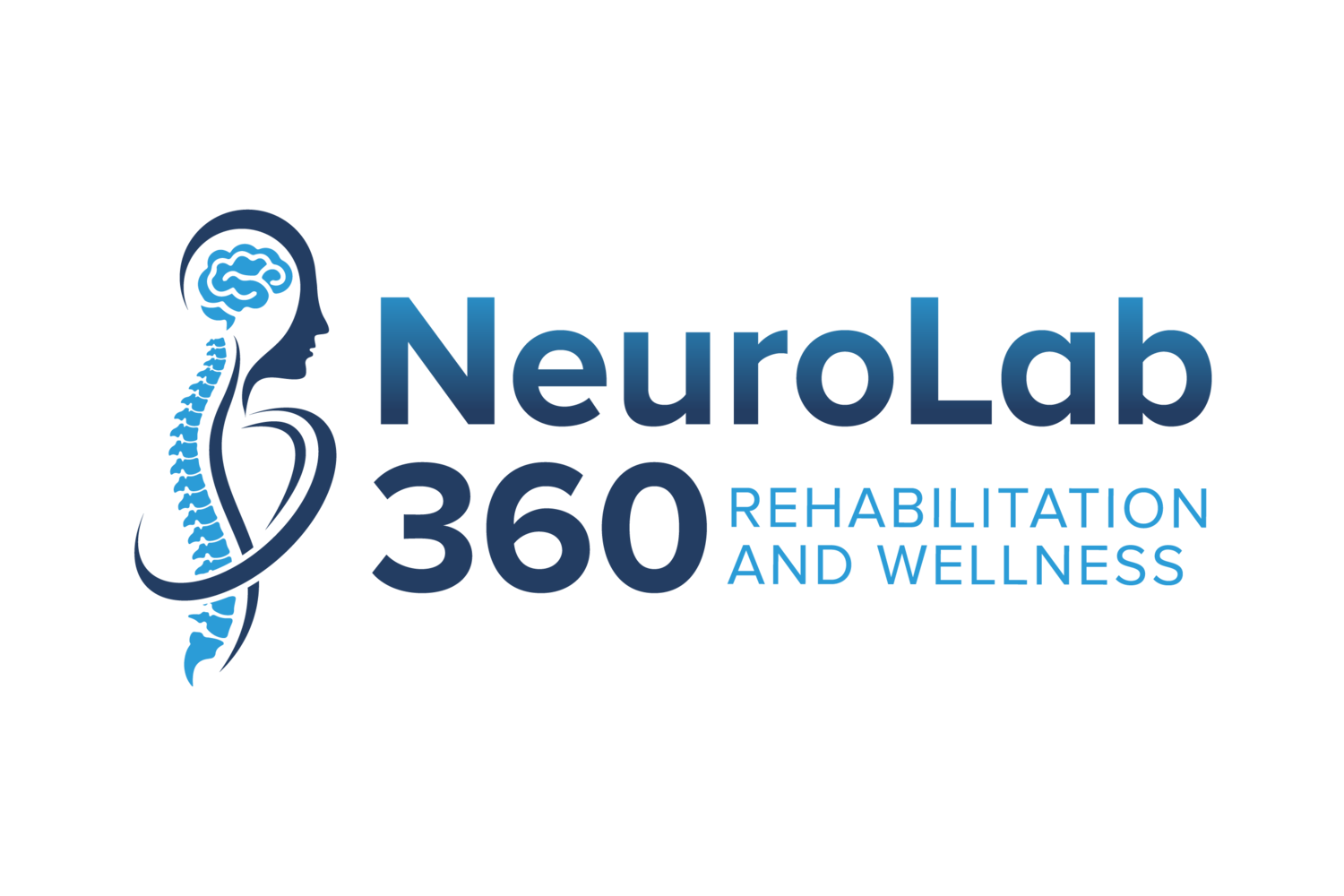Vestibular Hypofunction
Understanding Vestibular Hypofunction: Causes, Symptoms, and Treatment
The human body relies on various systems to maintain balance, stability, and spatial orientation. One of the key systems responsible for these functions is the vestibular system, located within the inner ear. However, sometimes this system can experience disruptions, leading to a condition known as vestibular hypofunction. In this blog post, we will explore what vestibular hypofunction is, its causes, symptoms, and available treatment options.
What is Vestibular Hypofunction?
Vestibular hypofunction refers to a reduced or impaired function of the peripheral vestibular system, specifically the vestibular organs within the inner ear. These organs detect motion and changes in head position; then transmit this information to the brain to help maintain balance and coordinate eye movements. When the vestibular system is not functioning properly, it can result in various balance and orientation problems.
Causes of Vestibular Hypofunction: Vestibular hypofunction can be caused by several factors, including:
1. Aging: As we grow older, the vestibular system may naturally deteriorate, leading to a decline in its functioning.
2. Infections: Certain viral or bacterial infections, such as vestibular neuritis or labyrinthitis, can cause inflammation and damage to the vestibular organs.
3. Head injuries: Traumatic head injuries, concussions, or accidents that affect the inner ear can disrupt the vestibular system.
4. Medications: Some medications, such as ototoxic drugs used for chemotherapy, can have adverse effects on the vestibular system.
5. Genetic factors: In rare cases, genetic abnormalities or hereditary conditions can lead to vestibular hypofunction.
Symptoms of Vestibular Hypofunction: Individuals with vestibular hypofunction may experience a range of symptoms, which can vary in intensity and duration. Common symptoms include:
1. Dizziness or vertigo: A persistent feeling of unsteadiness, spinning, or floating. These symptoms can cause nausea of emesis in more severe cases.
2. Imbalance: Difficulty maintaining balance, greater imbalance with head turns. This can lead to difficulty with walking and an increased risk of falls.
3. Impaired vision: Some people describe symptoms of blurry visions or eyes lagging when turning their head.
4. Sensitivity to motion: Increased sensitivity to movement, resulting in motion sickness or disorientation in response to certain visual or spatial stimuli.
5. Difficulty concentrating: Problems with cognitive functions such as memory, attention, and concentration due to the constant challenges posed by disrupted balance.
Treatment Options for Vestibular Hypofunction: While vestibular hypofunction can significantly impact a person's quality of life, there are several treatment options available to manage its symptoms:
1. Vestibular Rehabilitation Therapy (VRT): This specialized form of physical therapy focuses on exercises that help retrain the brain to compensate for the reduced vestibular function. VRT aims to improve balance, reduce dizziness, and enhance overall stability.
2. Medications: In some cases, medications may be prescribed to alleviate specific symptoms such as dizziness or nausea. This can be helpful in the acute stage if caused by infection. However, medications are often used in conjunction with other treatment methods.
Conclusion: Vestibular hypofunction can be a challenging condition, affecting a person's ability to maintain balance and spatial orientation. Understanding the causes, symptoms, and available treatment options is crucial for managing this condition effectively. If you or someone you know is experiencing symptoms of vestibular hypofunction, it is important to consult with a healthcare professional who can provide an accurate diagnosis and recommend an appropriate treatment plan. With the right support, individuals with vestibular hypofunction can find ways to manage their symptoms and improve their overall well-being.

